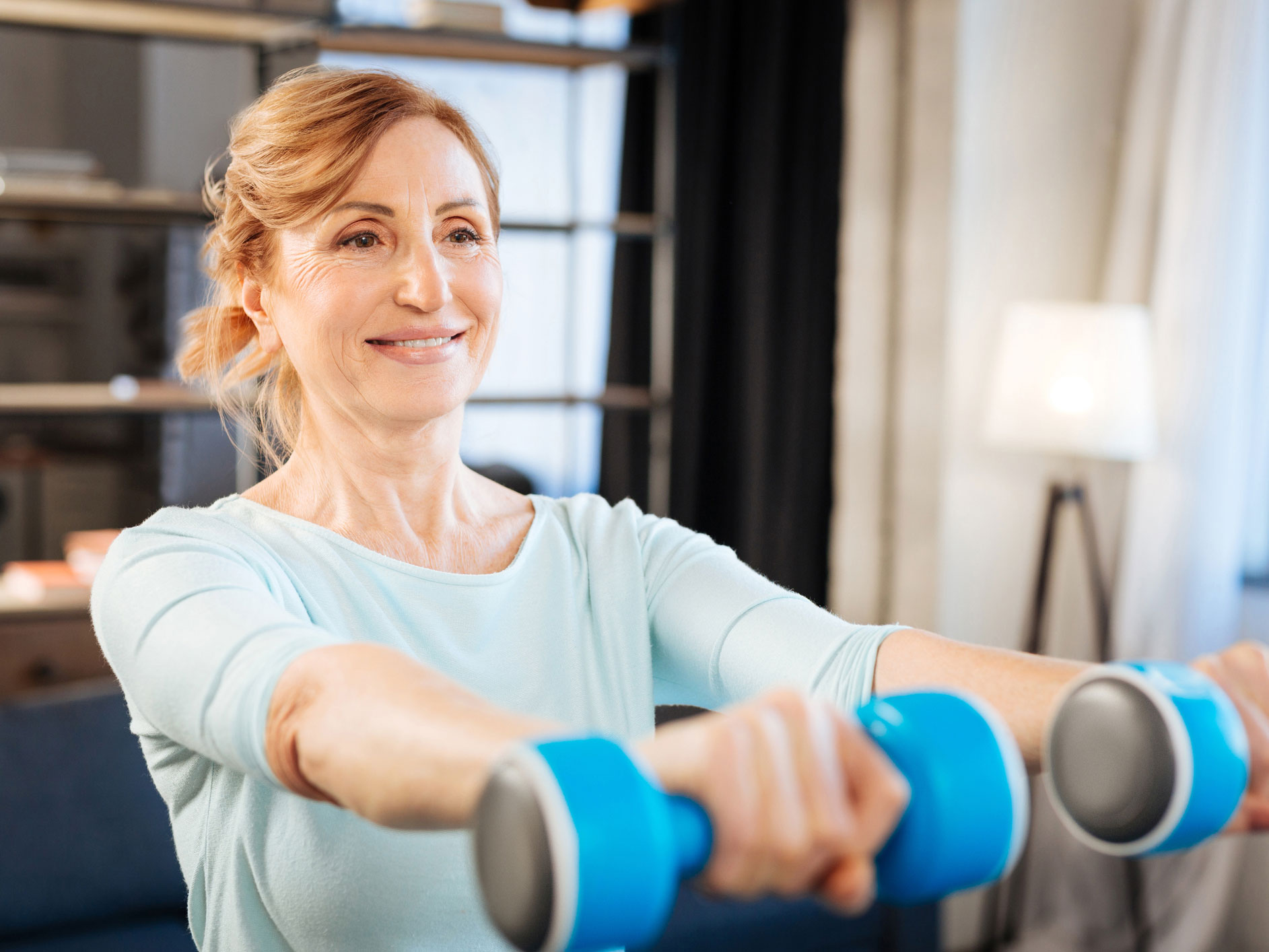Get Easy Health Digest™ in your inbox and don’t miss a thing when you subscribe today. Plus, get the free bonus report, Mother Nature’s Tips, Tricks and Remedies for Cholesterol, Blood Pressure & Blood Sugar as my way of saying welcome to the community!
Get into the flow to guard your brain from dementia

If you’ve ever read a self-help book, blog or email, attended a motivational workshop, seminar or event, or listened to an inspirational podcast or radio show, you’ve probably heard about “the flow.” You’ve probably also heard that you should “get into” it.
For those self-help novices out there, let me explain…
The flow is a meditation-like state where you tune out all distractions and let your natural talents flow out of you. Athletes get into the flow. Musicians get into the flow. Writers get into the flow. Heck, baristas and bartenders get into the flow.
If you’ve ever experienced the flow yourself, you know it lives up to the hype. It’s a state of consciousness where you’re not worried about anything. You lose track of time. You feel invigorated. And you’re just completely present (without even trying). In other words, it’s pretty awesome.
But here’s the thing… there’s no guaranteed way to get into the flow. Sometimes it happens, and sometimes it doesn’t. You can’t force it. So today, I want to talk about a different kind of flow… one that everyone can benefit from right away…
Optimum brain blood flow.
I know that doesn’t sound as exciting as an altered state of consciousness. But it is, and here’s why…
Blood is your best protection against the scariest brain diseases… especially dementia. In fact, as you get older, your blood vessels get smaller and stiffer, which means less blood gets to your brain. Blood carries oxygen and other nutrients. And when your brain cells don’t get enough, they start to wither away. That’s why brain blood flow is tied to more than a few biomarkers for cognitive decline.
Now, exercise is the best way to improve brain blood flow. But there’s one type of exercise that may help you get into “the flow” easier than any others…
High-intensity interval training (HIIT).
Better brain blood flow with less work
A new study from researchers at the University of Queensland found that high-intensity interval training (HIIT) sends more blood flowing to the brain than traditional exercise.
In case you don’t know, HIIT is a type of interval training alternating between short bouts of high-intensity aerobic exercise and lower-intensity rest periods. So rather than just giving it your all for 30 minutes straight, you alternate between, say, 40 seconds of work and 20 seconds of rest for 30 minutes.
In this latest study, researchers had study participants do 10 minutes of interval training or continuous cardio on a stationary bike. Then they measured brain blood flow. Here’s what they found…
HIIT was just as effective at increasing blood flow to the brain as continuous exercise for older adults while they were exercising. But it’s more effective than continuous exercise at increasing blood flow when you look at periods of rest and activity combined. That’s right…. more effective!
“One of the key takeaways from the study was that both the exercise and the rest period were important for increasing brain blood flow in older adults,” said researcher Dr. Tom Bailey from the Centre for Research on Exercise, Physical Activity, and Health at UQ’s School of Human Movement and Nutrition Sciences.
Get into the flow with HIIT
So, if you’re ready to get your brain into “the flow” (the blood flow, that is), you know what you need to do…
Start a HIIT practice!
There are a lot of ways to structure your HIIT routine. I prefer a trainer-created routine rather than creating my own (I tend to let myself off the hook too easily). So, when I do HIIT, I turn to YouTube videos, especially the videos from Fitness Blender.
You could also try this three-minute HIIT routine from Dr. Mark Wiley:
- Start by warming up.
- Pick your poison (I mean mode of exercise): biking, running, jumping jacks or whatever else gets your heart pumping.
- Push yourself to 95 percent maximum heart rate (MHR) for 30 seconds.
- Cool down and recuperate for four minutes.
- Repeat for a total of six 30-second intervals.
Editor’s note: Are you feeling unusually tired? You may think this is normal aging, but the problem could be your master hormone. When it’s not working, your risk of age-related diseases skyrockets. To reset what many call “the trigger for all disease” and live better, longer, click here to discover The Insulin Factor: How to Repair Your Body’s Master Controller and Conquer Chronic Disease!
Sources:
- High-intensity interval training (HIIT) may prevent cognitive decline — MedicalXpress
- Study: HIIT Can Increase Cerebral Blood Flow — Psychology Today
- Cerebral Blood Flow during Interval and Continuous Exercise in Young and Old Men — Medicine and science in sports and exercise
- Vascular dementia: Exercise, blood flow and the aging brain — National Heart, Lung, Blood Institute













